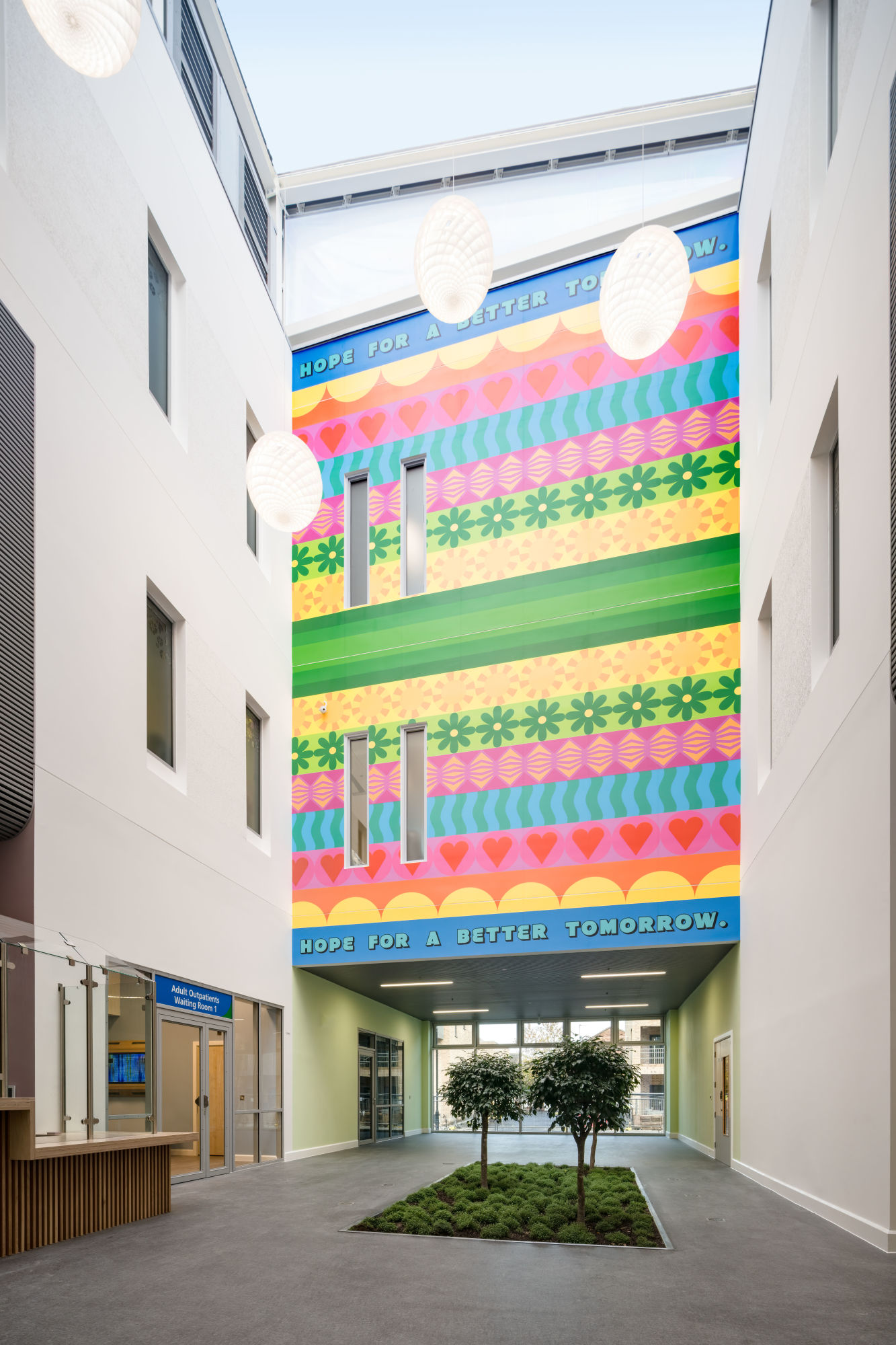A feeling of hope
A chance to see the sky
A sense of being valued
Space to enjoy activities
A quiet environment
A walk in a garden
A place to be alone
Recent research has shown what Mental Healthcare professionals have always known – a healing environment speeds healing.
Yes, you still need medicine. You still need expert care and treatments. But you need dignity, humanity, privacy and a sense of hope even more.
Trouble is, most Mental Healthcare facilities were designed when security and efficiency were thought to be the main priorities. When crowded dormitories made it easier to keep an eye on everyone and deal with violence. When self-harm was avoided by eliminating the private areas in which it took place.
But now the thinking has changed.
All over Britain, dormitories are being replaced by private, ensuite rooms. Stark, institutional spaces are being re-worked and re-equipped to be more welcoming. Corridors (those narrow tunnels in which people who may not want to be together are forced together) are being designed-out.
And even statistics are seen in a different light.
Violence and self-harm are problems, true. But minority ones. Most service users don’t indulge in these activities. Has simplistic, anti-violence space design played a part in enabling the despair that causes these behaviours? By avoiding the negative, have we failed to encourage the positive?
The answer is probably yes, which is why it’s a joy to see the new Mental Healthcare spaces that are currently being designed and built.
One such is the Elgar Unit for Hereford & Worcestershire NHS Trust, which provides a garden courtyard, living and kitchen areas and private, ensuite bedrooms for all in-patients.
This humane environment enables personalised care, so that staff can support every patient’s privacy and dignity during their stay.
Hygenius is currently working with architects on many other transformed Mental Healthcare spaces, providing high quality furniture and finishes that are safe and robust, but also comfortable, soothing and pleasant to be in – places for healing.
One last thought: according to the NHS, 9.6 million of us would benefit from Mental Health support at the moment. Imagine you’re one of that number. Where would you like to be cared for?
In a noisy, echoing institution with grey walls, locked doors and stark strip lights? Or a place that feels more like home, with soft colours, bright windows, open doors and a sense of hope?
Makes you wonder why it’s taken us all so long to work that out, doesn’t it?
*This list is, by necessity, partial but has been compiled from information and insights gathered during many consultations with service users, staff and carers, carried out by Teva Hesse and colleagues of CF Møller, Architects when preparing the brief for the Estate Modernisation Programme at Wandsworth’s Springfield University Hospital site. Hygenius were responsible for FF&E work on this project, following the brief that was developed.
For more information about transformed Mental Health spaces, visit hygenius.healthcare/projects
To download sample Hygenius Mental Healthcare room designs, click here


